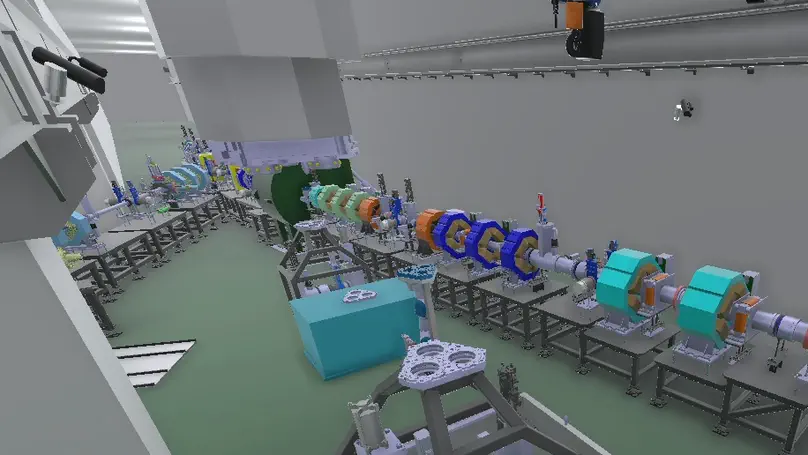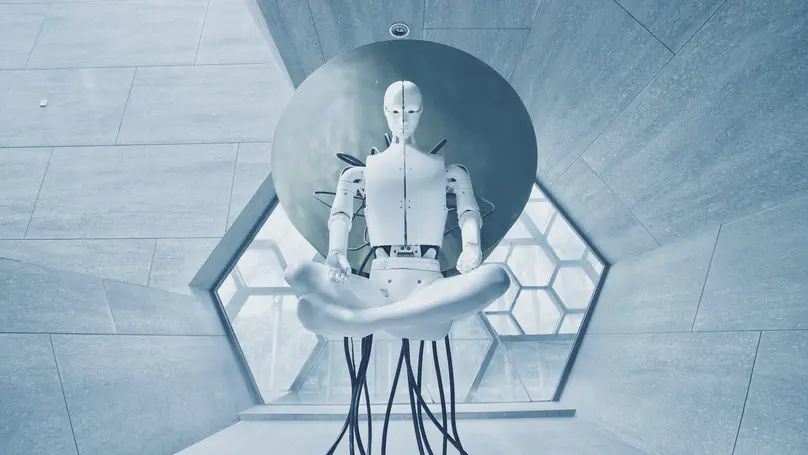Valeria Lab at UGR
The Virtual reAlity Lab for sciEntific and industRIal fAcilities (VALERIA lab) is part of the Computer Engineering, Automation and Robotics Department at University of Granada. The group is leaded by Assoc. Prof. Jesús Garrido and Prof. Eduardo Ros. Our group develops and uses virtual reality environments to gain understanding on the future application of industrial and engineering processes.
The research group was originally created in 2019 to participate in the virtual reality simulation of the tasks for the maintenance of the IFMIF-DONES, an international fusion materials irradiation facility. Our group integrates experts in high-performance simulation, robotic systems, virtual reality and inmersive technologies to produce beyond-state-of-the-art simulations of engineering processes since the earliest stages of design until the plant operation.
Our value proposition is the following:
- Bringing engineering processes to life. Our virtual reality engines can transform preliminary CAD designs into accurate virtual reality simulations of the processes. It allows reliable validation of the processes (detecting unexpected collisions or other conflicts that may emerge in complex infrastructures). These simulations can be further developed into interactive systems for training of the plant operators or virtual visits for public engagement of the projects. Finally, during the operation of the plant, the virtual reality simulations can be connected with the control systems in order to gain enhanced visualization of the current state of the plant at every moment.
- Feeling teleoperated systems with immersive technologies. Virtual reality simulations can be extended with multiple immmersive technologies to allow the operators to control teleoperated systems like if they were inside the protected area. This is particularly relevant for irradiated areas were the presence of people is limited or even prohibited. In these environments, the integration of virtual reality simulations with mixed reality technologies and haptic devices will facilitate the task of controlling complex and remote robotic systems to perform dexterous and safe operations.

